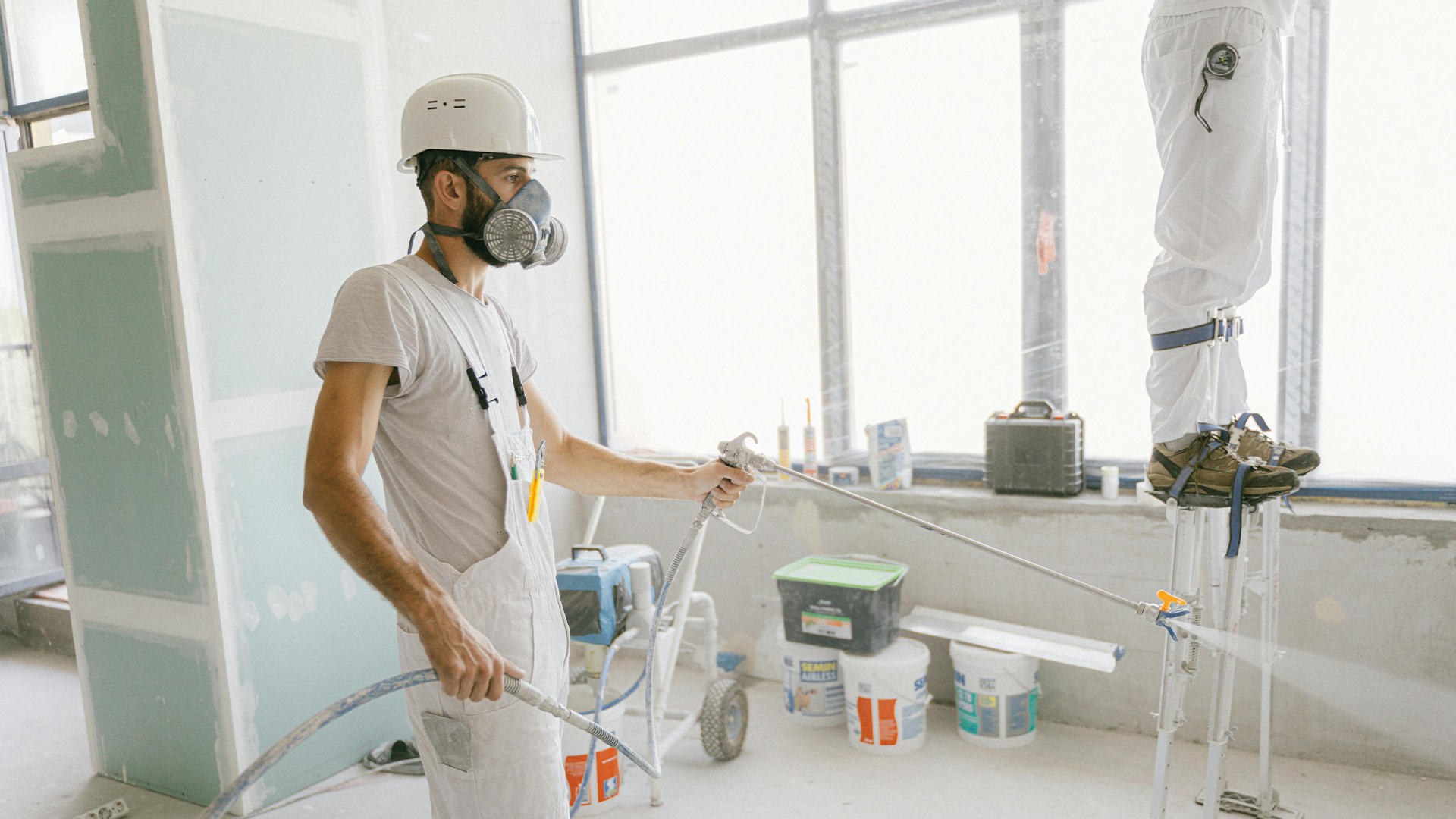

Key Take Aways
Promptly address cracks in external render – even small fissures can allow water ingress, leading to structural weakening, damp issues, and costly repairs.
Inspect and identify damaged areas – listen for hollow sounds by tapping, and visually mark visible cracks or loose render before proceeding.
Carefully remove damaged or hollow render – cut back to sound edges using a craft knife, angle grinder or chisel; avoid feathered edges for better adhesion.
Thoroughly prepare the substrate – rake out debris, clean dust, create a keyed surface, and ensure the wall is dry and stable before repairing.
Choose the right repair filler – use acrylic fillers for shallow cracks (<1 mm) and flexible polyurethane or epoxy resins for deeper or movement‑prone cracks.
Apply filler in layers with care – press material firmly into cracks, feather edges, allow drying between coats, and sand for a smooth finish.
Consolidate the patch properly – use wood floats or small finishing tools to press and smooth rendered areas for a strong bond.
Protect the repaired surface with quality coatings – apply a weatherproof, breathable wall coating (not just paint) to prevent moisture, freeze–thaw damage, damp, mould, and algae.
Professional inspection is invaluable – experts can detect hidden issues, advise on suitable fillers and coatings, and offer long‑lasting solutions, often backed by guarantees.
Starting out as nothing more than a tiny fracture on your home’s exterior, cracked render may seem like a non-issue, but left unattended, it can easily spiral into a major structural issue (not to mention an aesthetic one). Damp can very easily become part of the furniture of your home, making it essential to address any cracks and crevices the instant they appear. The good news is that repairs can be swift and painless – close to two decades of restoring render in UK homes have taught us that.
If you have noticed a crack in your home’s external render, here’s how you can go about repairing it and ensuring that it never becomes an issue again.
What causes render to crack?
Low quality and ill-protected render will always be exposed in testing weather conditions. More often than not though, the way in which the render is applied is just as important as its quality, which serves to highlight the importance of hiring a cracked render repair service rather than taking matters into your own hands.
Applied in the wrong weather conditions, render will fail to last. If the temperature is too low (below 5°C), the curing process will stagnate, causing moisture to be trapped within the render. Too high, and the render will dry out too quickly, resulting in the formation of cracks.
Any form of precipitation is no ally of rendering either – rain, snow and sleet will adversely affect the moisture levels in the render, culminating in shrinkage cracks.
Why is it so important to repair render?

Cracked render is a route through which water can infiltrate your home. Water ingress will lead to perpetual damp in your home – rendering your home cold and damp – the opposite of what a home should be. Over time, continued damp will cause your home to deteriorate drastically; wallpaper will loosen and paints and plasters will decay.
Alongside the practical ramifications of living in a structurally unsound home, there is an array of associated health risks. Bacteria and dust mites flourish in damp conditions, allowing respiratory illnesses to run riot.
How to repair cracked render?
Firstly, we ensure that all areas not being treated are covered – paths and gardens with dust sheets and windows and doors with paper and tape. Small cracks are filled with epoxy resin while larger cracks are treated with special bonding primers before being filled with a sand and cement mixture.
After the render has been given ample time to dry and solidify – and a comprehensive cleaning process has been completed – it is time for the application of a silicon-based weatherproof wall coating. Mixed with an appropriately coloured final coating, the waterproof wall coating is applied using a pump that carefully regulates the ratio of coating to air, resulting in a perfect finish that will protect your home from damage for 25 years.
Contact one of our team today for a free quote
Get in touch with a member of our team today for a site visit and a free quote. You can contact us by: telephone (0800 169 2049), email (info@allweathercoating.co.uk) or through the contact form on our website.




